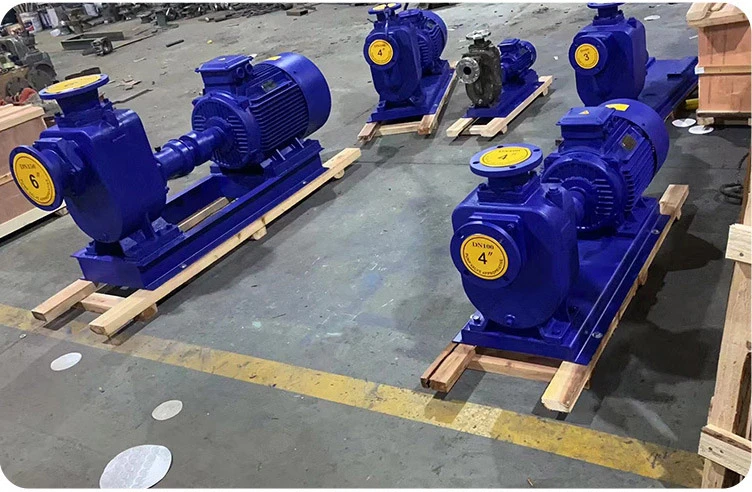Armenian
- Afrikaans
- Albanian
- Amharic
- Arabic
- Armenian
- Azerbaijani
- Basque
- Belarusian
- Bengali
- Bosnian
- Bulgarian
- Catalan
- Cebuano
- Corsican
- Croatian
- Czech
- Danish
- Dutch
- English
- Esperanto
- Estonian
- Finnish
- French
- Frisian
- Galician
- Georgian
- German
- Greek
- Gujarati
- Haitian Creole
- hausa
- hawaiian
- Hebrew
- Hindi
- Miao
- Hungarian
- Icelandic
- igbo
- Indonesian
- irish
- Italian
- Japanese
- Javanese
- Kannada
- kazakh
- Khmer
- Rwandese
- Korean
- Kurdish
- Kyrgyz
- Lao
- Latin
- Latvian
- Lithuanian
- Luxembourgish
- Macedonian
- Malgashi
- Malay
- Malayalam
- Maltese
- Maori
- Marathi
- Mongolian
- Myanmar
- Nepali
- Norwegian
- Norwegian
- Occitan
- Pashto
- Persian
- Polish
- Portuguese
- Punjabi
- Romanian
- Russian
- Samoan
- Scottish Gaelic
- Serbian
- Sesotho
- Shona
- Sindhi
- Sinhala
- Slovak
- Slovenian
- Somali
- Spanish
- Sundanese
- Swahili
- Swedish
- Tagalog
- Tajik
- Tamil
- Tatar
- Telugu
- Thai
- Turkish
- Turkmen
- Ukrainian
- Urdu
- Uighur
- Uzbek
- Vietnamese
- Welsh
- Bantu
- Yiddish
- Yoruba
- Zulu
Telephone: +86 13120555503
Email: frank@cypump.com
Հկտ . 21, 2024 12:01 Back to list
septic pump replacement
Understanding Septic Pump Replacement A Comprehensive Guide
Septic systems are a critical component of many homes, especially those located in rural areas where municipal sewage systems are not available. Among the essential elements of a septic system is the septic pump, which plays a vital role in moving wastewater from the house into the septic tank and ultimately to the leach field. Over time, like any mechanical device, septic pumps can fail, necessitating replacement. Understanding when and how to replace a septic pump is crucial for homeowners.
Signs Your Septic Pump Needs Replacement
Recognizing the signs that your septic pump may need replacement is the first step in maintaining your system. Some common indicators include
1. Frequent Alarm Activation Many septic pumps come equipped with alarms that signal when the pump is not functioning correctly. If your alarm is going off frequently, it may be time to consider a replacement.
2. Poor Drainage If you notice that water is backing up in your drains or that your yard is unusually soggy, it could indicate that your pump is failing to move wastewater effectively.
3. Unpleasant Odors Foul smells emanating from your yard or around the septic tank can signal that sewage is not being processed properly, potentially due to a failing pump.
4. Age of the Pump Most septic pumps have a lifespan of about 7 to 10 years. If your pump is nearing or has surpassed this age, it’s wise to start considering a replacement, even if it appears to be functioning normally.
septic pump replacement

The Replacement Process
Once you've determined that your septic pump needs to be replaced, it's essential to follow a systematic approach to ensure a smooth replacement process.
1. Assess the Situation Before purchasing a new pump, it’s crucial to assess your current system. This includes understanding the size of your tank and the volume of wastewater generated in your household.
2. Choose the Right Pump Select a pump that meets the specifications of your system. There are various types of septic pumps available, including submersible pumps and effluent pumps. Consulting a professional can help determine the best fit for your specific needs.
3. Professional Installation While some homeowners may feel comfortable replacing the pump themselves, hiring a licensed septic system professional is often advisable. They can ensure the installation adheres to local regulations and industry standards.
4. Regular Maintenance After replacing your septic pump, regular maintenance is critical. Schedule regular inspections and pump-outs to prolong the life of your system and prevent future issues.
Conclusion
Replacing a septic pump is an important task that can affect the functionality of your entire septic system. By being vigilant about the signs of pump failure and understanding the replacement process, homeowners can ensure their systems operate smoothly. Regular maintenance and timely replacements not only safeguard your property but also contribute to a healthier environment. If you suspect your pump may need replacement, don’t hesitate to reach out to a professional for guidance and assistance. Taking proactive steps can save you money and prevent significant headaches down the road.
-
ISG Series Pipeline Pump - Chi Yuan Pumps | Energy Efficiency&Compact Design
NewsAug.03,2025
-
ISG Series Vertical Pipeline Pump - Chi Yuan Pumps Co., LTD.|High Efficiency, Low Noise, Durable
NewsAug.02,2025
-
ISG Series Vertical Pipeline Pump - Chi Yuan Pumps | High Efficiency, Low Noise
NewsAug.02,2025
-
ISG Series Vertical Pipeline Pump- Chi Yuan Pumps Co., LTD.|High Efficiency&Compact Design
NewsAug.02,2025
-
Heavy-Duty Mining Sludge Pumps - Wear-Resistant Slurry Handling
NewsAug.02,2025
-
Horizontal Split Case Pump with GPT-4 Turbo | High Efficiency
NewsAug.01,2025










